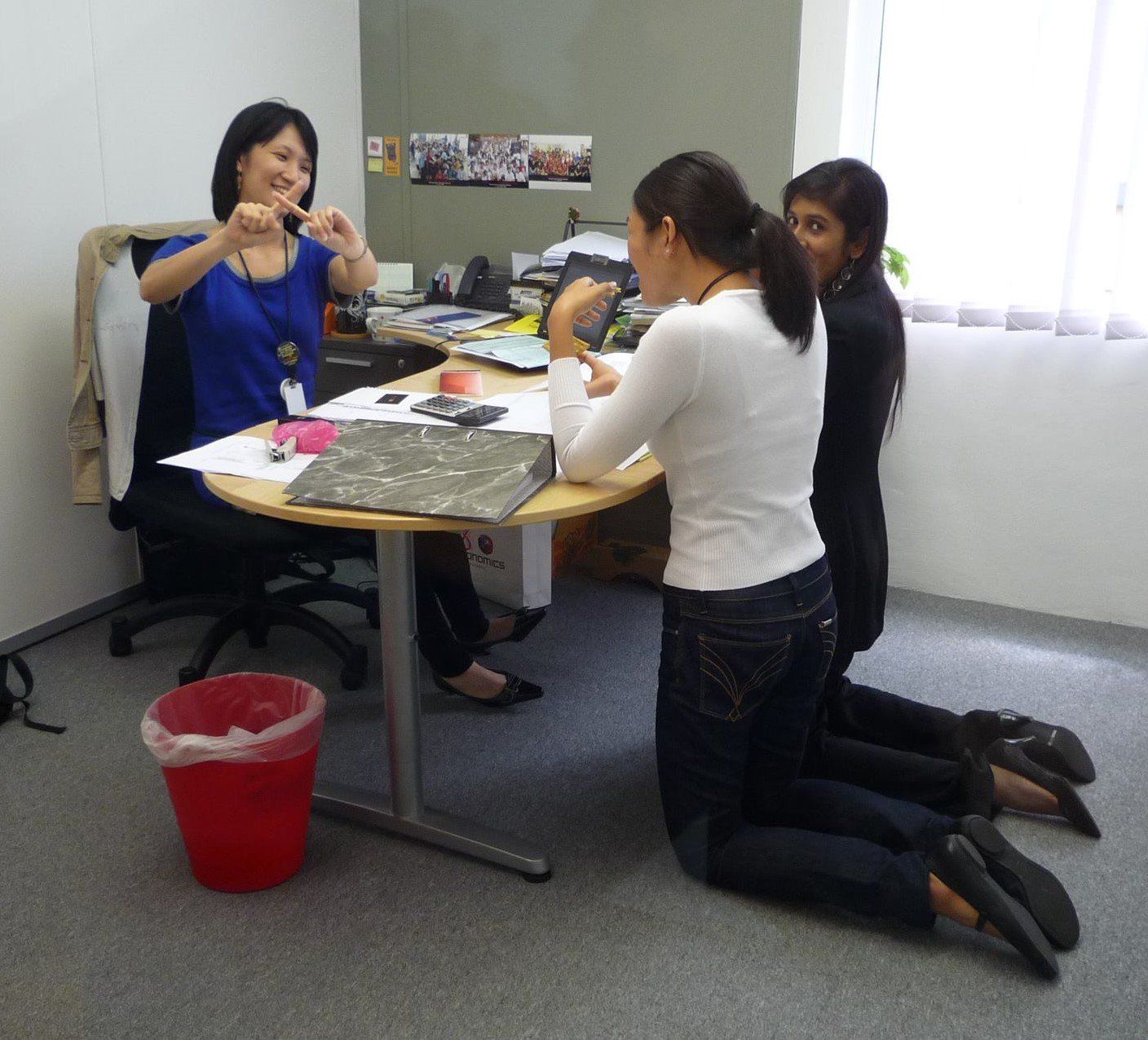4 Ways To Cultivate Gender Diversity In Your Organisation

Many organisations aspire to be inclusive employers that embrace diversity, value differences and support its employees.
More and more, diversity as an organisational value is not a just another “nice to have” alternative, but an imperative for organisations to win in today’s war for talent. An organisation that does not actively seek to employ or under-employs qualified candidates from overlooked segments of the labour market will eventually lose out.
Whilst most human resources (HR) leaders genuinely want to promote diversity as their main corporate agenda, many acknowledge the challenges in implementation. Despite their best intentions, corporate bureaucracy, the lack of awareness and know-how sometimes prevent them from pushing the agenda through.
Diversity does not have to be difficult to navigate.
With the right approach and attitude, diversity can become a differentiating point for an employer – a value that offers positive visibility and long-term sustainability to the organisation that chooses to adopt and affirm it authentically.

This might interest you:Moving Towards A “Flex-able” Workplace Because Flexibility Matters
Here are 4 ways on how you can kick-start the journey to make diversity an eventual reality in your organisation:
1. Rethink your attraction and selection process
Biases can often creep in at the attraction and selection stages. Organisations need to widen the net by posting jobs in multiple forums (even in women’s magazines). We need to be conscious of organisational biases, where potential employees could be disadvantaged by existing processes.
This encompasses the way job descriptions are written, situations where job advertising is done mainly through word of mouth, the physical barriers that are present at the workplace and dress code restrictions.
There can also be cultural biases, where people may perpetuate certain stereotypes based on a group of norms (e.g. only selected races are good at some types of work, only Chinese can speak Mandarin) or when a common language used at the workplace prevents assimilation of a person who does not speak that language.
During the interview process, we need to ensure that there is representation of various perspectives by including not only the direct line manager and HR representative, but also a related stakeholder (e.g. a woman if relevant).
This interview panel should ideally include people from different backgrounds with varied experiences.
Interview questions should be strictly related to duties and objectively scored. Questions like “Why did you apply for the job?” should ideally not be asked.
A candidate’s perceived enthusiasm for a job should not be factored in as it is expressed differently across cultures.
This is also true for non-verbal cues from the candidate such as eye contact or tone of voice as these tend to be pre-determined by culture, personality or gender.
For example, many women interviewing for leadership positions tend to unconsciously “undersell” themselves and may need corporate coaching to help them enhance their interview performance, encouraging them to be more assertive in presenting their best selves.
In relation to Asian candidates interviewing for global roles, a “neutraliser” from Asia (usually a senior leader of Asian descent, preferably with Western experience) may also be required to raise awareness of and account for potential cultural biases, or something as simple as an accent that affects the person’s articulation.
2. Educate employees about how stereotypes work
As we are not always aware of our personal biases, we don’t realise when they are influencing our decision-making or our interactions with others.
Education and awareness are key because when people understand how stereotypes work, they will rationalise their own decision-making and communication more carefully. This will help to break the tendency to use stereotypes as a shortcut. Such education should start at the employee orientation or onboarding stage. New employees need to fully understand the company’s commitment to diversity and its potential challenges.
The company also needs to ensure that things like its forms, processes, “corporate speak”, and meeting agendas are designed in such a way to encourage diversity and inclusion.
In other words, awareness needs to occur before acceptance and affirmative action can happen.
Another observation is that women tend to be tougher on their own gender.
Women leaders may feel conscious of how others perceive them, and overcompensate by coming down harder on their female counterparts and subordinates.

3. Build an ongoing business case for gender diversity
I personally believe that corporate and HR leaders need to build a real business case for gender diversity using facts, figures, and feel good success stories to show supporters and detractors that a company can truly benefit when diversity is authentically adopted.
Create a diversity statement for your organisation to clearly state that you want to hire, support and promote women.
Then actively work to increase the number of female candidates, employees and leaders through broad search practice, neutral selection processes, research, outreach programmes, training and development.
Institute a process whereby the progress and success stories of female hires are tracked annually. Yearly numbers that can be tracked include the percentage of women in the organisation, management team and executive board.
To show the positive impact of your gender diversity policy, you can also track statistics relating to the performance of female hires in your organisation over a period of time.
For example, when revisiting the candidates that it placed in 2013, CnetG found that 12% had received a promotion within 24 months, and 5% had their roles expanded (2015 statistics).
Related post:Towers Watson: Empowering Women In The Workforce
Companies operating in traditionally male-dominated industries may also want to collate actual data on how diversity has had a positive impact on their business. These statistics and stories will help to justify the company’s commitment to the cause.
Throughout the process, companies should continually emphasise how championing diversity helps them to meet their ultimate end goal of hiring the right person (regardless of gender) for the job.
4. Create a corporate culture that celebrates gender diversity
Start conversation about diversity in a beautiful light. Celebrate stories on diversity. Raise awareness through games and workshops.
Encourage role modeling by women leaders. You can also consider putting in a male leader to champion gender diversity for a change.
Good networking, mentoring and coaching opportunities can also help women build confidence and develop their careers.
Make flexibility and work-life balance a part of your wider corporate culture. Companies should offer a broad range of different options.
Even in situations where gender diversity is not explicitly pushed through as an official policy, case-by-case accommodation and local adjustments could lead to greater acceptance for the overall agenda in the long term.
Concluding thoughts
These little considerations can go a long way to help you move your organisation’s diversity agenda forward.
However, balance is also important as while you want to be inclusive of the minority, you cannot alienate the majority.
If the diversity agenda is approached in the right way, employees will realise that everyone, including those in big organisations, benefits when true diversity is embraced, as you end up hiring the best person for the job, regardless of gender and other factors.
Business
Tags: HR





